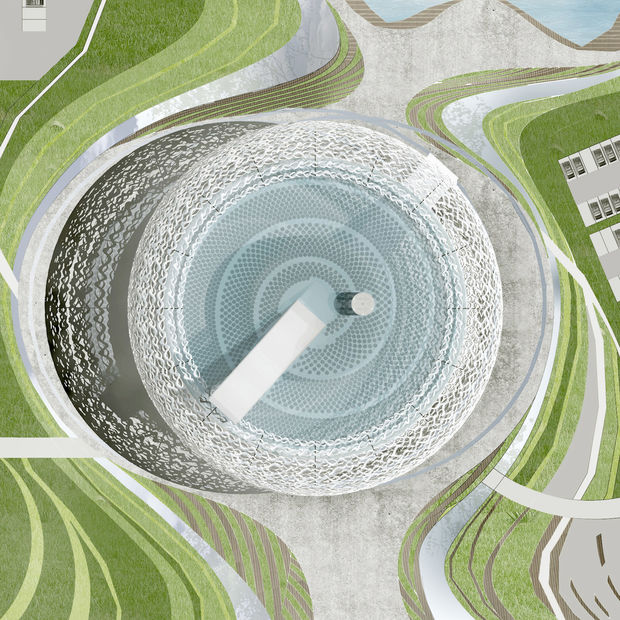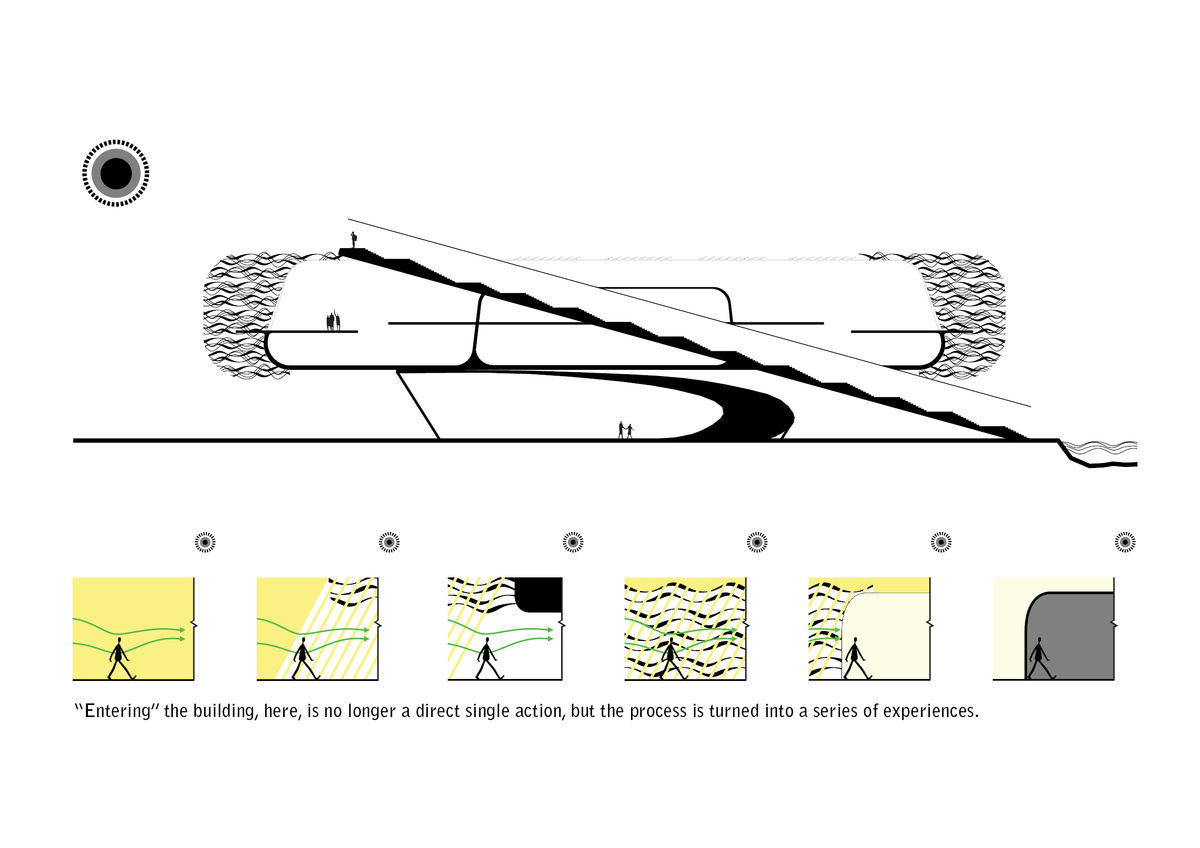Architecture Professor Designs with Neuroscience in Mind

When Associate Professor of Architecture Na Wei contemplates new ways to design buildings, she doesn’t only consider the architectural elements and materials that she might use. Wei also ponders how those components can influence the way people think and feel.
“My current research delves into the intersection of architecture and neuroscience, particularly through dynamic experiments in architectural spaces to study the relationship between architectural form language and human perception,” said Wei, who in December was a guest speaker at the 2023 International Conference on Neuroaesthetics, held in Guangzhou, China.
“Neuroaesthetics is an interdisciplinary field that explores how aesthetic experiences—such as viewing art, architecture, or natural landscapes—affect our brains and emotions. It seeks to understand the neurological basis behind our perceptions of beauty, art, and design, combining insights from neuroscience, psychology, and the arts,” she said.
Co-hosted by South China Normal University's Applied Psychology Research Center, the conference convened over 150 leading experts, scholars, and student representatives in the field of neuroaesthetics for discussions about cutting-edge issues and advancements.
Wei said her presentation, "Emotive Architecture: Dynamic Appreciation of Built Environments," offered an innovative perspective from architecture. She introduced the concept of "suffused space," creating environments that seamlessly integrate with human emotional and sensory experiences, where the boundaries between the individual and the architectural space become blurred.

For example, in Wei’s design (above) for the Urban Planning Museum in Rizhao, a seaside city in southeastern Shandong province, China, along the Yellow Sea, the cantilevered main building resembles a halo. It consists of three circular spaces that play with light and shadow to prompt innate sensory sensations among visitors.
“The design method was to ‘carve the sunlight,’” said Wei. The building’s hollow-carved external structure is in the shape of waves, producing shadow patterns on the ground. These patterns work as a transition between a plaza of suffused sunshine and the shadow of the construction, becoming a virtual border for people to enter the region of the architecture, just like an intangible wall, according to a description.

Shadows on the plaza below the Urban Planning Museum
“By creating a building with blurred boundaries, entering the building becomes a journey of interaction with the natural and building environment, rather than a single action through a door as in conventional buildings,” said Wei, who was invited to present at the conference because of her ongoing research in areas that intersect with neuroaesthetics.
Along with her concept of “suffused space,” her work on what she terms “emotive architecture” has garnered attention for its innovative approach to understanding and designing built environments that engage human emotions and sensory experiences.
Her book Suffused Space: A Farewell to the Indifferent Architecture, published by China Architecture & Building Press, Beijing (2019, 2020), has been recognized as a reference in teaching methodologies at several schools. Wei teaches Design Studios for Architecture Master programs and Foundation courses for first- and second-year undergraduates at Tyler, and has taught and lectured at several other universities, including the University of Pennsylvania, Tianjin University, Tsinghua University, Central Academy of Fine Arts, Yale School of Architecture, Syracuse University, and the University of Cincinnati.
Wei, founding principal of the firm WEI Architects (aka. Elevation Workshop), which takes on a diverse range of projects, including furniture design, interior/exhibition spaces, and urban design, spanning art and architecture, said the conference reflected the growing global interest in neuroaesthetics and its applicability across cultures.
“Hosting such an event in China underscores the country's role in advancing interdisciplinary research and fostering international collaborations,” said Wei, adding that it provided “a platform for sharing diverse perspectives and methodologies in exploring the neural foundations of aesthetic appreciation and creativity.”